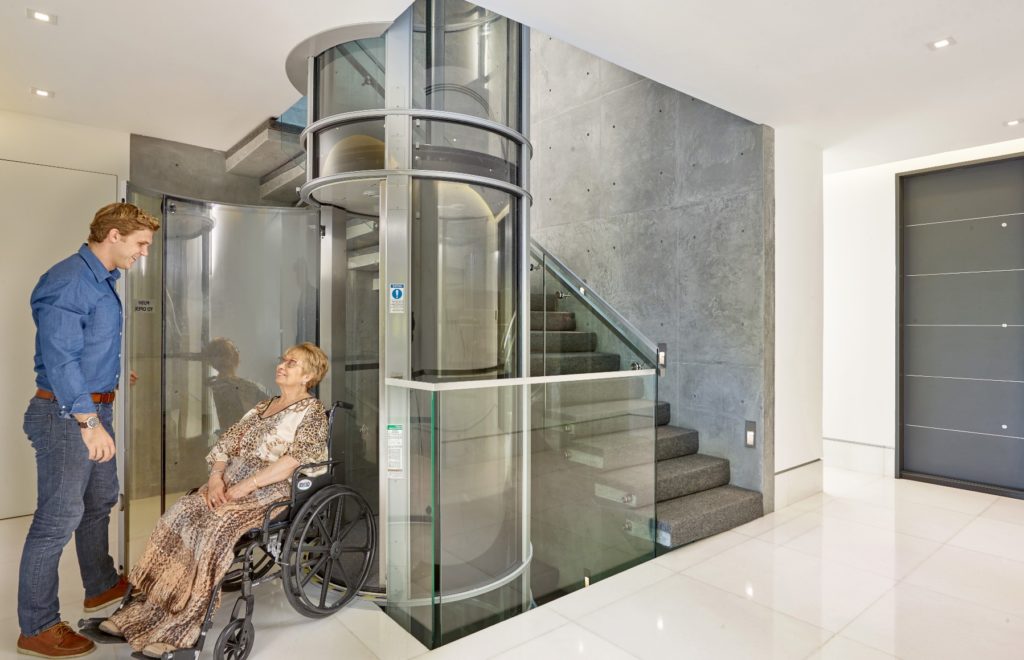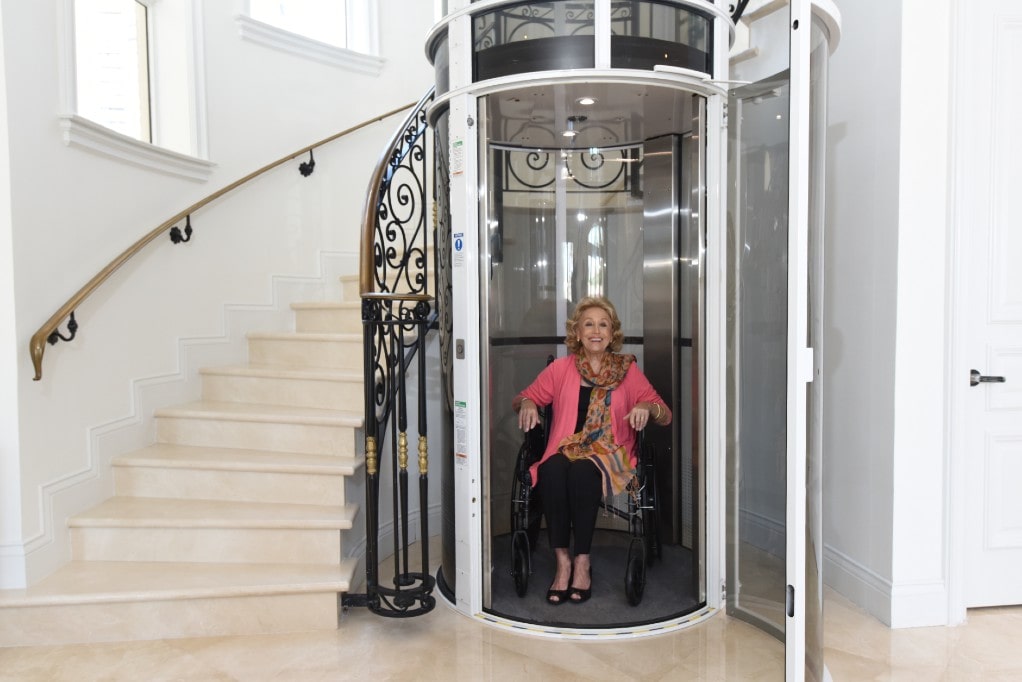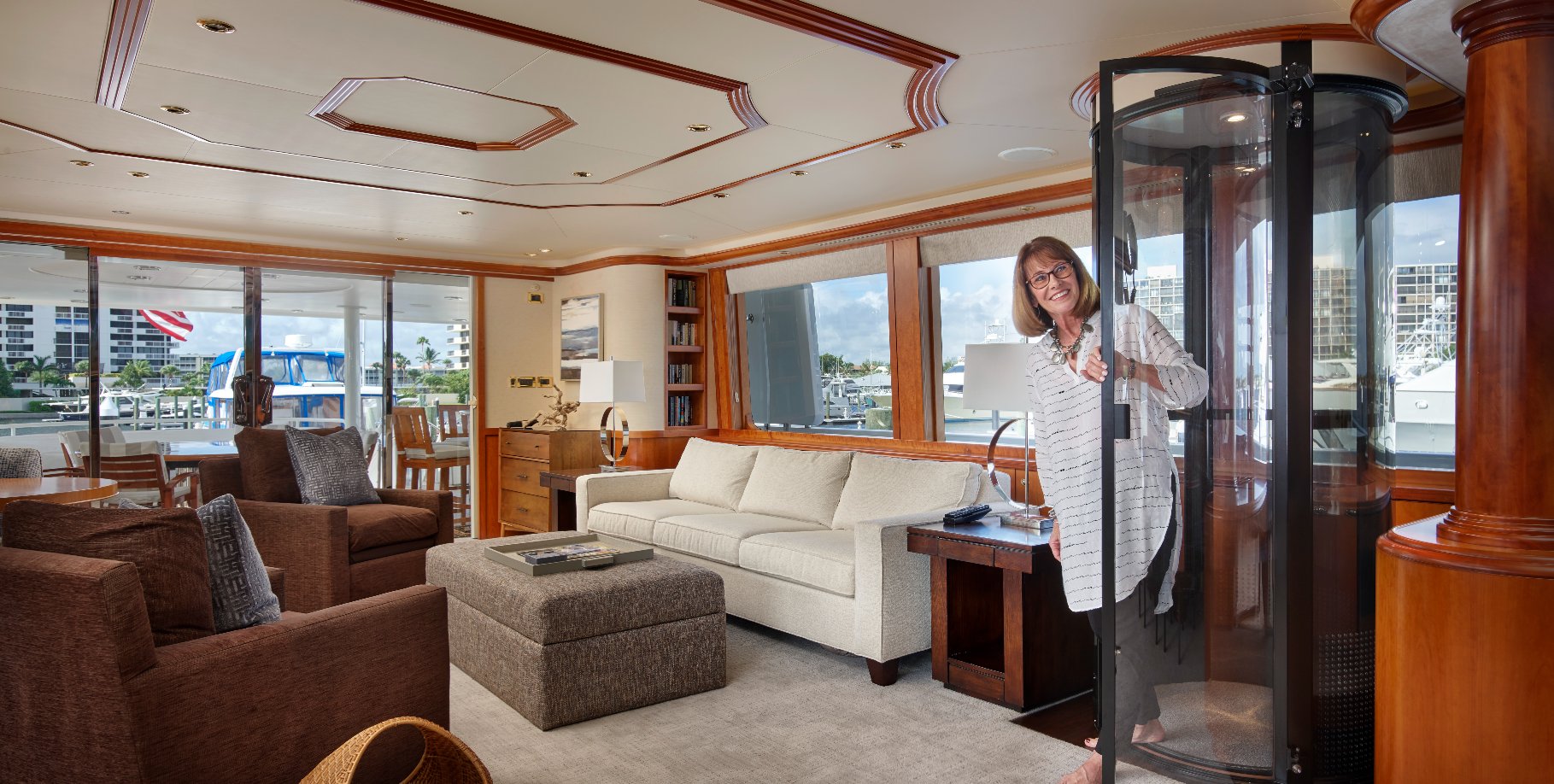When it comes to enhancing accessibility for individuals with mobility challenges, a wheelchair lift proves to be an invaluable tool. In this article, we will delve into the benefits of wheelchair lifts, exploring how they outperform competing solutions in terms of convenience, safety, and overall functionality. By the end, you will have a comprehensive understanding of why a wheelchair lift is an optimal choice for improving accessibility in various settings.
Benefits Of Installing Wheelchair Lift In Your Home
Convenience and Ease of Use
Enhancing Mobility

A key advantage of a wheelchair lift is its ability to significantly enhance mobility for individuals with disabilities. Unlike ramps, which often require substantial space and incline, wheelchair lifts provide a smooth and convenient vertical lift. With the press of a button, a person using a wheelchair can effortlessly ascend or descend between different levels. This ease of use makes wheelchair lifts particularly useful in multi-story buildings or vehicles.
Versatility in Applications
Another area where wheelchair lifts excel is their versatility. You can install wheelchair lifts in a wide range of settings, including homes, public buildings, schools, and even vehicles. Whether it’s a residential elevator, a lift for accessing stages or platforms, or a vehicle lift for vans or buses, wheelchair lifts offer a flexible solution that tailors to specific needs. The ability to adapt and integrate seamlessly into various environments sets wheelchair lifts apart from their competitors.
Safety Considerations
Ensuring Secure Transfers
Safety is a paramount concern when it comes to assisting individuals with disabilities. Wheelchair lifts prioritize safety through their design and features. Most modern wheelchair lifts have nonslip surfaces and robust safety mechanisms such as sensors and safety gates. These features work together to ensure secure transfers, reducing the risk of accidents or injuries during the lifting process. Compared to alternative options, such as manual transfers or using multiple people to carry a wheelchair upstairs, wheelchair lifts offer a much safer and more reliable solution.
Compliance with Accessibility Standards
Wheelchair lifts also shine in terms of meeting accessibility standards. Many countries have regulations and guidelines in place to ensure equal access for individuals with disabilities. Wheelchair lifts comply with these standards, making them a preferred choice in settings where accessibility is a legal requirement. By incorporating a wheelchair lift, organizations and establishments demonstrate their commitment to inclusivity and accessibility.
Functional and Customizable Features
Space Efficiency
One area where wheelchair lifts surpass their competitors is in their space efficiency. Unlike ramps, which often require lengthy construction and occupy significant space, you can install wheelchair lifts in compact areas. They can fit into existing stairwells or be integrated into vehicles without compromising valuable floor space. The ability to maximize the utilization of available space makes wheelchair lifts an efficient and practical choice for improving accessibility.
Customization for Specific Needs
Moreover, wheelchair lifts offer a range of customization options to cater to specific requirements. Lifts can accommodate different wheelchair sizes, allowing for a comfortable and secure fit. Additionally, various lift configurations are available, including vertical lifts, inclined platform lifts, and portable lifts. This diversity in options ensures that wheelchair lifts can meet the unique needs of different individuals and settings.
Conclusion
In conclusion, a wheelchair lift stands out as the superior choice for enhancing accessibility. Its convenience, versatility, safety features, and customizable options make it a compelling solution that outperforms competing alternatives. By investing in a wheelchair lift, organizations and individuals can provide equal access and independence to individuals with mobility challenges. The comprehensive benefits offered by wheelchair lifts solidify their position as the ideal tool for improving accessibility in various environments.
FAQs
What is a wheelchair lift called?
A wheelchair lift is also known as a platform lift or vertical platform lift (VPL). These terms are often used interchangeably to refer to the same accessibility device.
What is the cost of a wheelchair lift?
The cost of a wheelchair lift can vary depending on several factors, including the type of lift, its features, installation requirements, and customization options. It is helpful to request a personalized quote from the manufacturer or authorized dealers to get an accurate estimate based on your specific needs.
What is a wheelchair lift used for?
A wheelchair lift is primarily used to provide wheelchair users with easy access to different levels of a building. Anyone can install them in residential homes, commercial buildings, schools, healthcare facilities, and public spaces to ensure equal accessibility for all individuals.
What is a wheelchair-accessible elevator?
A wheelchair-accessible elevator, also known as a vertical platform lift or platform elevator, serves the same purpose as a wheelchair lift. It allows individuals using wheelchairs to travel vertically within a building, enabling them to navigate spaces that may not be accessible through traditional staircases or escalators.
What is the difference between a wheelchair lift and elevator?
While wheelchair lifts and elevators serve a similar purpose of vertical transportation, there are notable differences between the two. Wheelchair lifts are designed specifically for wheelchair users, providing a platform for easy entry and exit. Elevators, on the other hand, are larger and accommodate multiple passengers simultaneously, offering a more general solution for vertical transportation.
What is the minimum size for a wheelchair lift?
The minimum size requirement for a wheelchair lift can vary depending on local building codes and regulations. However, in general, wheelchair lifts are designed to accommodate a standard-sized wheelchair and a user comfortably. They typically have a platform size of around 36 inches by 54 inches as a guideline for accessibility.
What is the height of a wheelchair lift?
The height of a wheelchair lift can vary depending on the specific model and design. Wheelchair lifts are available in different lifting heights to accommodate various architectural requirements. Some lifts can provide access to a few feet, while others are capable of reaching multiple levels, adapting to the specific needs of the building and its users.
What is the lift height?
The lift height refers to the vertical distance a wheelchair lift can travel, starting from its lowest position to its highest position. The lift height varies based on the specific model and configuration chosen, allowing individuals to access different levels of a building conveniently.
What is the maximum height for a wheelchair lift?
The maximum height a wheelchair lift can reach depends on the model and design. Certain wheelchair lifts are capable of accommodating multi-story buildings, providing access to significant heights. It is crucial to consult with the manufacturer or a knowledgeable professional to determine the appropriate lift height for your specific requirements.
Check Also
Top 5 Reasons to Buy a Home Elevator by PVE
Dallas-Fort Worth Home Elevators in Texas
Accessibility in the Home: Enhancing Safety and Convenience with a Home Elevator
Why Are Elevators Important? The Importance of Elevators in Modern Buildings








